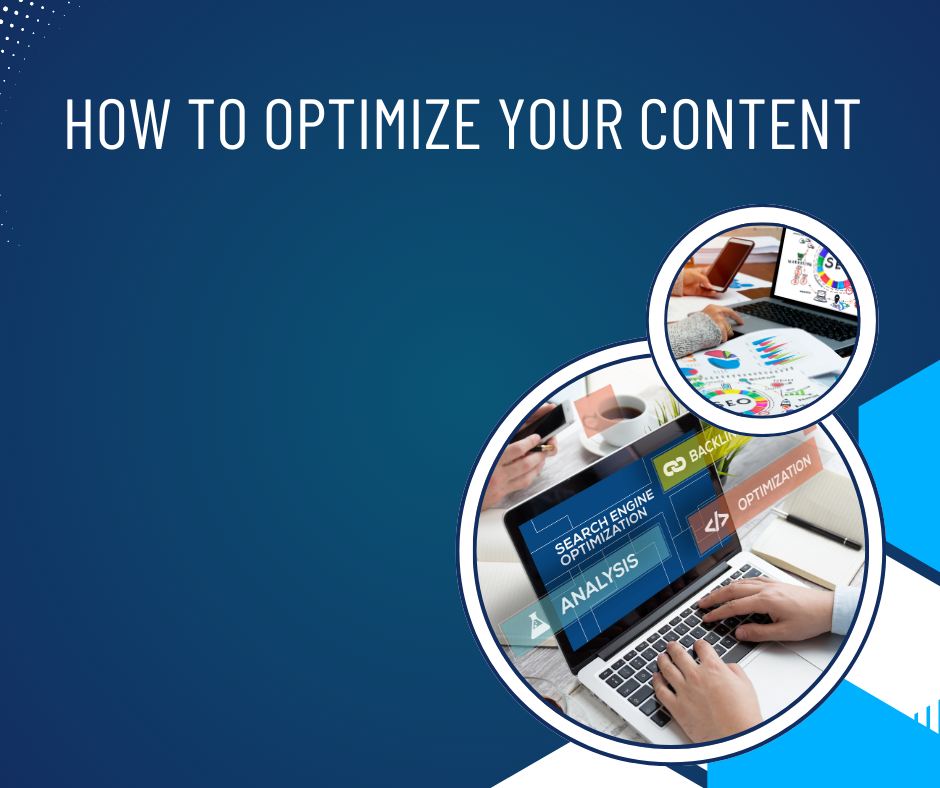
On-page SEO, also known as on-site SEO, is the practice of optimizing individual web pages to rank higher and earn more relevant traffic in search engines. It involves optimizing various elements within a webpage to make it more search engine friendly and user-friendly.
Here’s a breakdown of key aspects of on-page SEO:
- Content Optimization:
♦ High-quality content: Creating valuable, informative, and engaging content that satisfies user intent is crucial.
♦ Keyword research and targeting: Identifying relevant keywords that your target audience is searching for and naturally incorporating them into your content.
♦ Content structure: Organizing content with clear headings (H1-H6), subheadings, bullet points, and visuals to improve readability.
♦ Content freshness: Regularly updating and refreshing your content to keep it relevant and valuable. - HTML Optimization:
♦ Title tags: Crafting compelling and accurate title tags that include target keywords and accurately reflect the page’s content.
♦ Meta descriptions: Writing concise and informative meta descriptions that entice users to click on your page in search results.
♦ Header tags (H1-H6): Using header tags to structure content and highlight important information.
♦ Image optimization: Optimizing images with descriptive alt text, compressing image filers for faster loading, and using relevant file names.
♦ URL optimization: Creating short, descriptive, and keyword-rich URLs. - User Experience Optimization:
♦ Page Speed: Ensuring fast loading times for a seamless user experience.
♦ Mobile-friendliness: Optimizing your website for mobile devices to cater to the growing mobile user-base.
♦ Site navigation: Creating a clear and intuitive site structure with easy navigation.
♦ Internal linking: Linking relevant pages within your website to improve user experience and distribute link equity. - Other On-Page Factors:
♦ Schema markup: Implementing schema markup to provide search engines with more context about your content.
♦ Structured data: Using structured data to help search engines understand the content on your pages.
♦ XML sitemap: Submitting an XML sitemap to search engines to help them crawl and index your website.
♦ Robots.txt: Using robots.txt to control which pages search engines crawl and index.
Importance of On-Page SEO:
On-Page SEO is crucial because it helps search engines understand your website and its content, making it easier for them to determine if your page is relevant to a user’s search query. By optimizing your website’s visibility in search results, drive more organic traffic, and ultimately achieve your business goals.
Key Benefits of On-Page SEO:
- Improved search engine rankings: By optimizing your on-page elements, you can increase your chances of ranking higher in search results.
- Increased organic traffic: Higher rankings lead to more visibility and more organic traffic to your website.
- Better user experience: On-page optimization often involves improving user experience, which can lead to increased engagement and conversions.
- Higher conversion rates: By targeting relevant keywords and providing valuable content, you can attract more qualified leads and increase your conversion rates.
By focusing on on-page SEO best practices, you can significantly improve your website’s performance in search engines and achieve your online marketing goals.